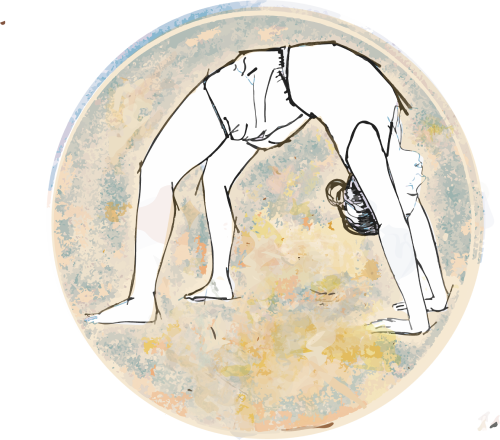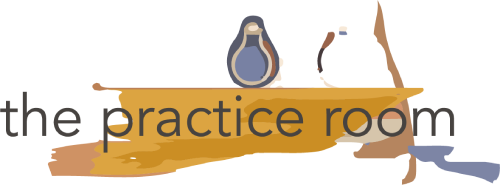As a beginner, what books should i read? What movies/ features should i watch?
Movies/ Documentaries:
Leap of Faith, released on Mr. Iyengar’s 90th birthday – A feature length film on the life of B.K.S. Iyengar, depicted his heroic struggle from poverty and failure to prosperity and success.
For some more videos available in the public domain, look here
Books/ text:
Mr. Iyengar was a prolific writer. Without the privilege of a formal education, he worked very hard at communicating his experiential knowledge into words. In his own words, sometimes it took him years to find the right words. His books are a perfect accompaniment to the practice of yoga, unfolding secrets magically as the reader’s own practice unfolds. Some books are: Light on Yoga, B.K.S. Iyengar, 1956
Often called the Bible of yoga, this richly photographed book also has an extensive index of practice sequences and sequences for the treatment of almost all physical ailments at the end of the book. The first chapter can be read and re-read many times for a concise account of the most important concepts of yoga.. A must-have, all-purpose reference source for all practitioners.
Light on Life, B.K.S. Iyengar, 2006
Written when Shri BKS Iyengar was in his 80’s, this book is the compilation of a lifetime of wisdom. it is experiential knowledge extrapolated to the highest philosophy. The structure of the book follows the different aspects of that path (from Freedom Awaits, through The Physical Body, The Energy Body, The Mental Body, The Intellectual Body, The Divine Body to Living in Freedom) and provides a learning framework for yoga as well as an invaluable discourse on life. One of his most beautifully worded books, Light on Life also has autobiographical glimpses of Mr. Iyengar’s life.
Tree of Yoga, B.K.S. Iyengar, 2005
This is a book accessible to all. A compilation of lectures given by Mr. Iyengar, the book relates philosophical concepts directly and specifically to the practice of yoga. Like the Tree our lives are made up from many elements – all of which need our care. The book is broken into chapters that cover our responsibilities to ourselves and to the other people in our lives over the years as we mature from youth to old age.
Sparks of Divinity, The Teachings of B. K. S. Iyengar from 1959 to 1975, Noelle Perez-Christiaens, 1976
First published in a French-English bilingual edition in 1976, the material for this book was gathered and compiled by Noelle Perez-Christiaens from class notes and correspondence during the formative years of Iyengar’s international career. The entries cover the period from the late 1950s, when Iyengar was invited by Yehudi Menuhin to teach in Gstaad, Switzerland, to the year following the death of Mr. Iyengar’s wife and the opening of the Ramamani Iyengar Memorial Yoga Institute in Pune, India.
(excerpted from amazon.in)
Asanas in in Action – A Preliminary Course, Dr. Geeta Iyengar
This is a useful aid for beginners. All asanas taught in the beginners classes are covered with clear and detailed instructions and illustrations. Also contains an index of practice sequences at the end of the book from week1, to week28.
Yoga a Gem for Women, Dr. Geeta Iyengar
An essential resource -and not just for women.
Yoga Rahasya is a quarterly publication by the Ramamani Iyengar Memorial Yoga Institute. It is a great source for keeping in touch with the latest developments (yes, the practice is still evolving), and also for perspectives from students.


